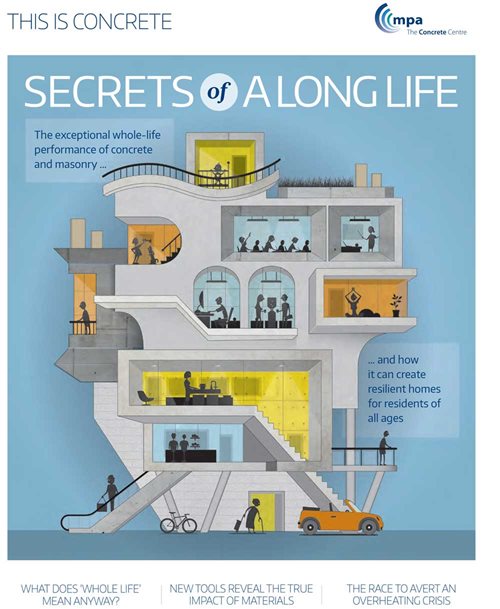Durability
Concrete has been recorded in existence as long ago as 7,000BC. It was used by the ancient Egyptians and the Romans used it to build the Colosseum and Hadrian's Wall. Throughout history, concrete has proven itself to be a most flexible and durable construction material.
Today, modern technology has led to high performance concrete with super-tensile load qualities. Also, by the substitution of Portland cement with fly ash (fa) or ground granulated blast-furnace slag (ggbs) in the mix, the resulting concrete is stronger still and often used in bridges or in structures exposed to corrosive sea salts.
Concrete's long life means that is more likely that a concrete building will come to the end of its life because no further use can be found for it, rather than a case of the concrete having failed due to age. In these cases, demolition is not always the automatic course. Structures can often be stripped back to their concrete core, then rebuilt to new, contemporary specifications.
For case study examples of durability, see 55 Baker Street, London and Park Hill, Sheffield.
This is Concrete magazine
